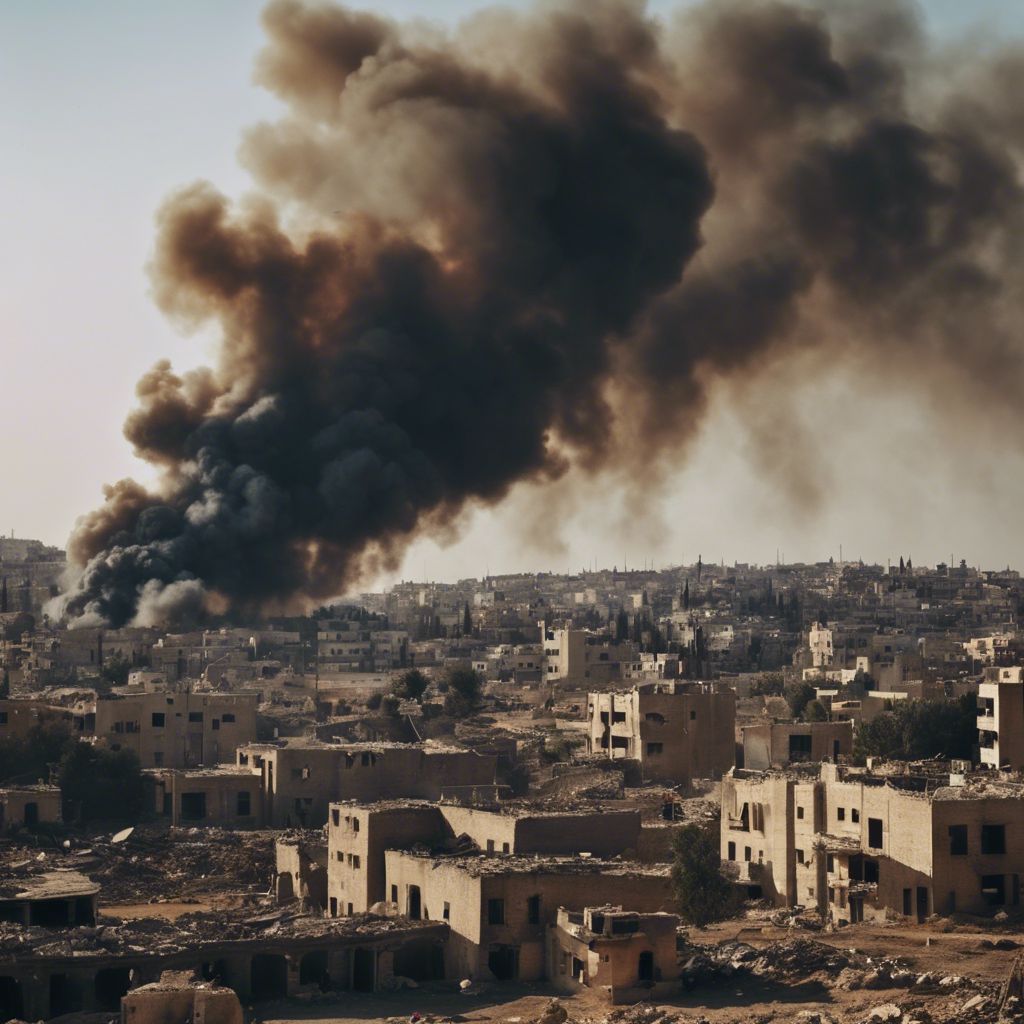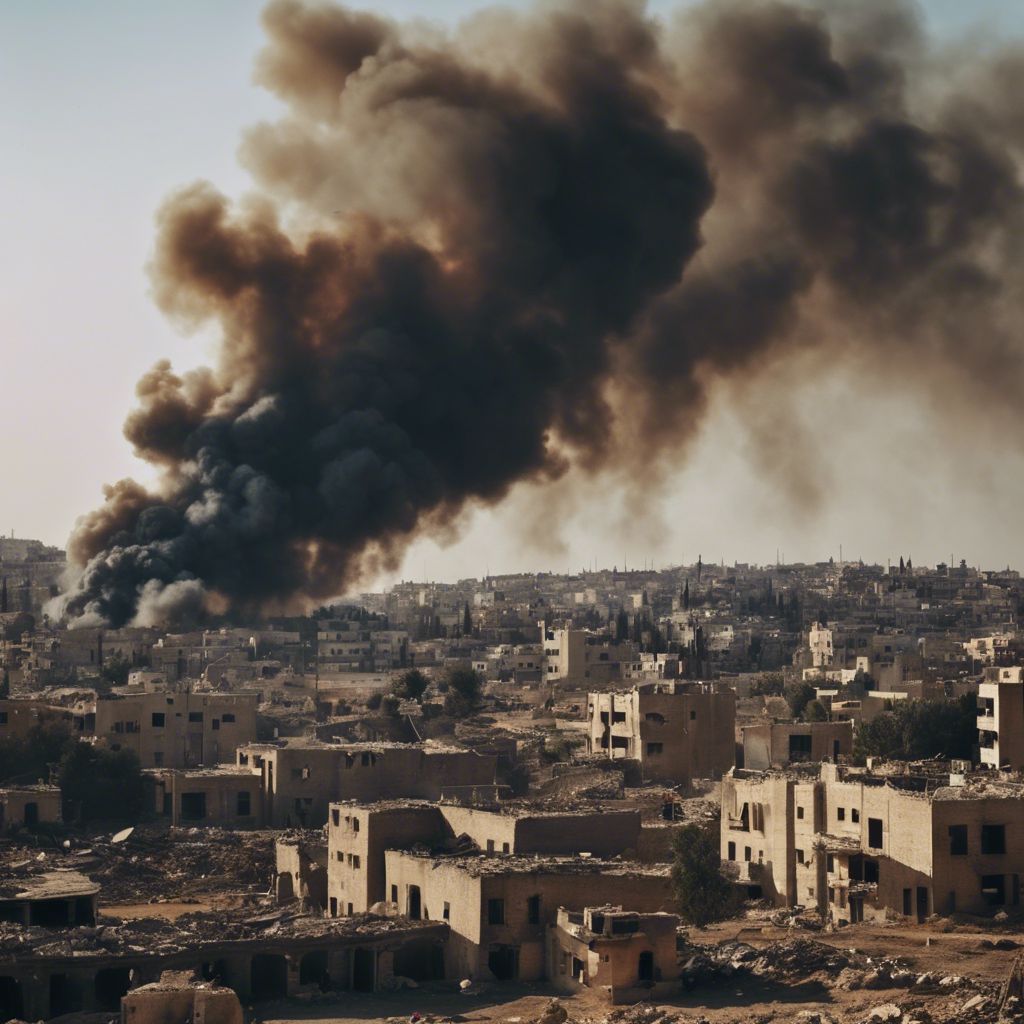
Gaza Youth Celebrate After Hamas’ Positive Response Brings Hope

Did Hamas’ Positive Response Bring Joy to Gaza’s Youth?
Meta Description (160 characters):
After Hamas’ positive response, Gaza’s youth filled the streets with dance and celebration, marking a rare moment of joy and unity amid hardship.
Tags: Hamas, Gaza, Palestine, Youth, Celebration, Politics, Hope, Resistance, Middle East, Hamas Response 2025, Gaza News
Hamas’ Positive Response Sparks Youth Celebration in Gaza
After Hamas’ positive response to recent political developments, streets in Gaza came alive with energy and excitement. Children and young people danced, waved flags, and celebrated the news with joy. This spontaneous celebration showed how deeply connected ordinary Gazans are to political events that shape their future.
For many families in Gaza, any sign of progress or peace becomes a symbol of hope. When Hamas reacts positively, people interpret it as a sign of stability and unity. This particular reaction triggered emotions of happiness and pride — feelings that are rare in the region’s ongoing struggle.
A Rare Moment of Joy in Gaza
Life in Gaza has long been marked by hardship, economic strain, and conflict. Under such conditions, happiness is often short-lived. That’s why Hamas’ latest response carried emotional weight for the people. As soon as the news spread, children began dancing in the streets, parents smiled, and communities came together in celebration.
Videos on social media showed young boys and girls waving Palestinian flags, chanting national songs, and clapping in rhythm. For many, it wasn’t just a political victory — it was a moment of relief and emotional healing. Even a brief celebration gave residents the courage to dream again, if only for a night.
Youth Symbolize Gaza’s Resilience
The youth of Gaza represent hope and endurance in a region that has seen too much suffering. Their ability to celebrate amid adversity shows remarkable strength. The sight of young Gazans dancing and smiling is a powerful reminder that joy can exist even in places overshadowed by struggle.
Experts say that Gaza’s young generation has developed a unique kind of resilience. Through their expressions — in art, song, or simple street festivities — they continue to preserve Palestinian identity. Their celebration after Hamas’ positive announcement was not just about politics; it was an act of cultural pride and resistance.
Social Media Shines Light on Gaza’s Hope
In today’s connected world, news travels fast. Within hours, videos from Gaza’s streets began trending online, showing the cheerful faces of children celebrating Hamas’ response. These viral clips painted a different image of Gaza — one filled with humanity, laughter, and strength.
Many international viewers expressed admiration, commenting that Gaza’s youth are symbols of hope. Such visibility helps balance the world’s perception of Gaza, highlighting not just the conflict, but the resilient spirit of its people.
This digital visibility also helps strengthen international solidarity with the Palestinian cause, reminding the world that behind every political headline are real lives and emotions.
Political Meaning Behind the Celebration
While the dancing and joy were heartfelt, they also carried deep political meaning. A positive move by Hamas often indicates hope for stability or success in negotiations. For Gazans, this can translate into temporary peace, reduced tension, or improved security.
The public celebration thus becomes more than a reaction — it’s a public expression of collective emotion. It reflects how strongly the people relate to Hamas’ decisions and actions. Analysts suggest that Hamas’ communication strategy intentionally connects with people’s emotions, reinforcing trust and unity during uncertain times.
Hope Amid Hardship
Even in hardship, the people of Gaza never lose their ability to celebrate small victories. The joy seen after Hamas’ positive response reflects deep emotional endurance. The children’s dances were not just innocent gestures — they symbolized resistance, faith, and the belief that tomorrow can be brighter.
For a population living under difficult conditions, happiness itself becomes a form of protest. Each smile, song, and cheer serves as a reminder that Gaza’s spirit cannot be broken.
Conclusion
The positive response from Hamas did more than make political headlines — it brought genuine happiness to Gaza’s people. The dancing youth and smiling children showed the world that hope still thrives, even amid hardship.
These celebrations symbolized not only support for Hamas but also the unbreakable will of Gaza’s youth. In every flag waved and every song sung was a message to the world: the people of Gaza remain united, proud, and hopeful for peace and freedom.




